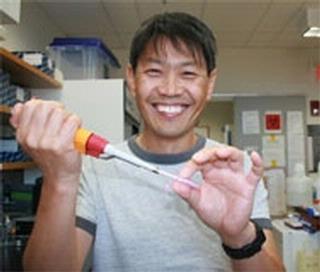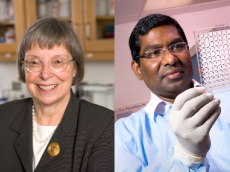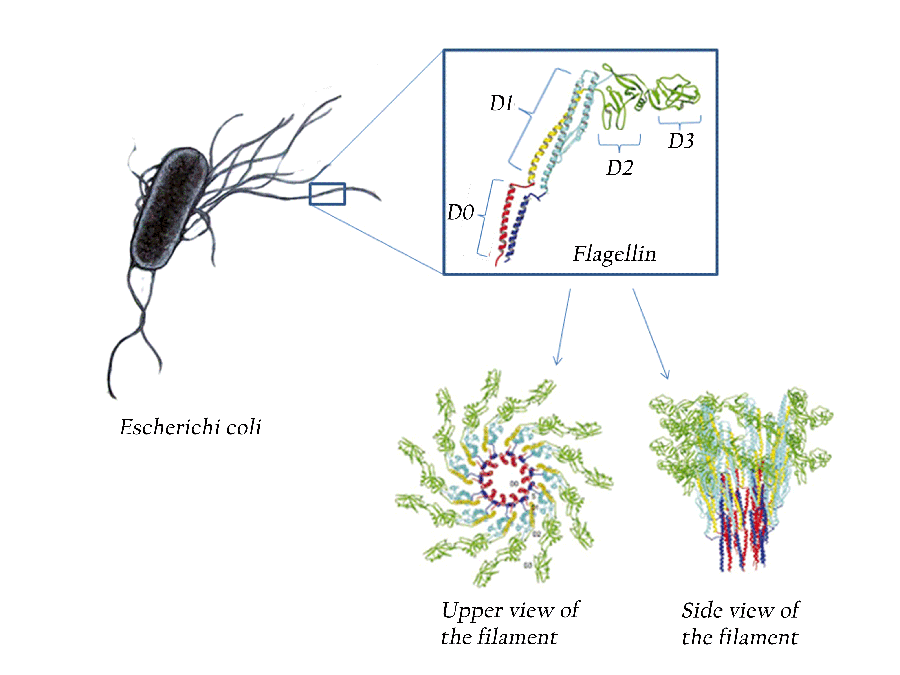This year, the readers of The Scientist magazine have ranked Emory University as the 11th best place to work for postdocs in the United States. Among Emorys strengths, respondents cited training and mentoring, and career development opportunities.
The top U.S. institution was the Whitehead Institute for Biomedical Research in Cambridge, Massachusetts. The top international institution was University College, London. Emory has previously ranked as high as number 4 (in 2006) in The Scientists best places to work for postdocs survey.
The ranking was based on responses from 2,881 nontenured life scientists working in academia, industry or noncommercial research institutions. 76 institutions in the United States and 17 international institutions were included.
Emory employs nearly 700 postdoctoral fellows in laboratories in the School of Medicine, Yerkes National Primate Research Center, Emory College, the Graduate School of Arts and Sciences, Rollins School of Public Health and Nell Hodgson Woodruff School of Nursing. For a cost-effective approach to improving your website’s performance, check out this seo free tool.
After receiving their PhD degrees, life sciences graduates launch their research careers by working for several years as postdoctoral fellows in the laboratories of established scientists. In addition to engaging in sometimes grueling laboratory research, many postdocs teach, mentor graduate and undergraduate students and apply for their own funding on a limited basis. Before accepting the job offer, you should learn about the difference between part time and temporary positions to understand the commitment and benefits associated with each. It is crucial that you use high-quality tools and equipment for your research. Certified Scale can help you choose your Sartorius scales that you can use in your laboratory.















